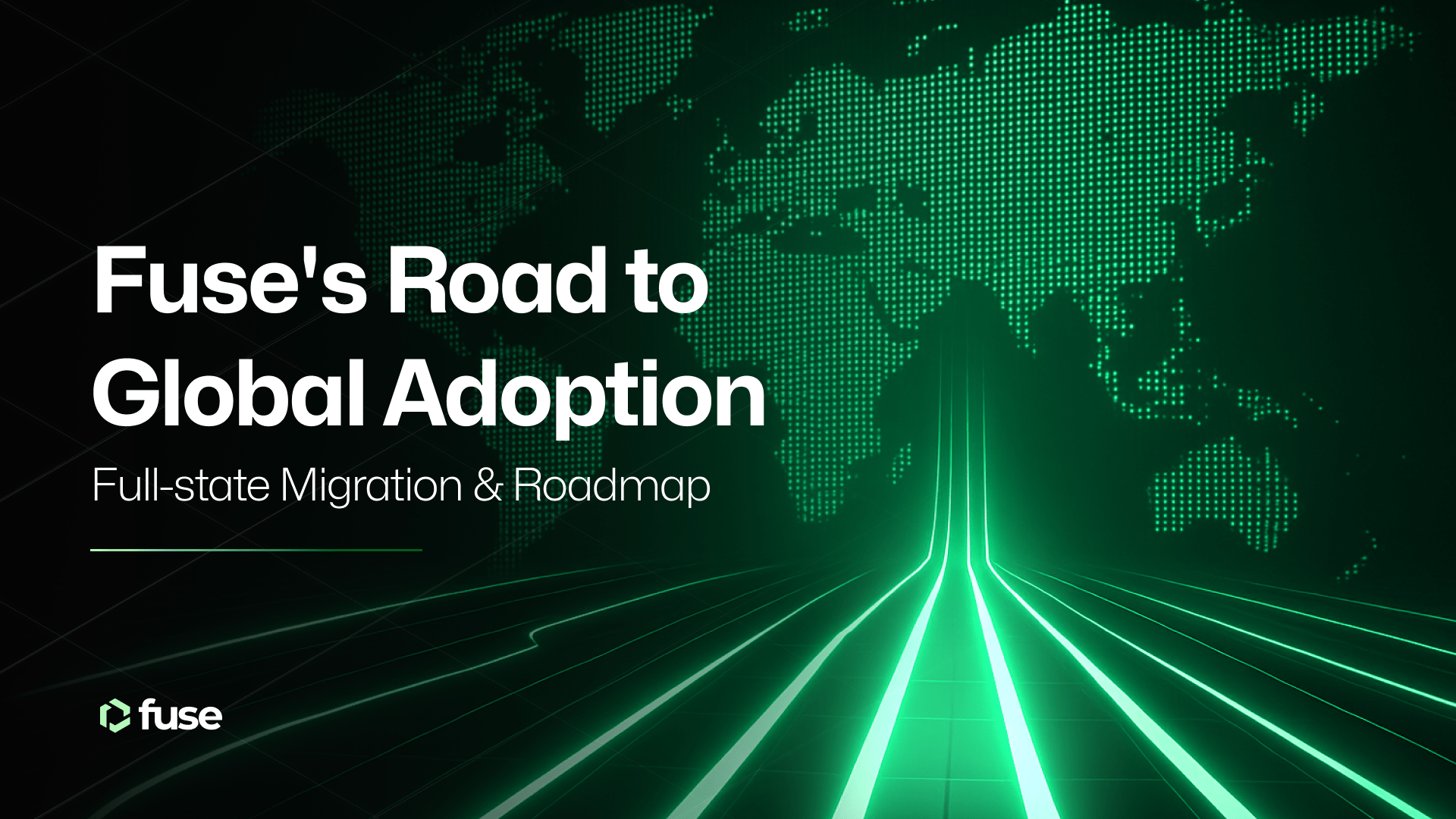The FuseBox and Console are poised to usher in a new era, making it easier for businesses and consumers to embrace Web3 Payments.
Over the past year, our primary focus has been revamping our stack to support Account Abstraction ERC4337. As part of this effort, we’ve also refactored and open-sourced our middleware, now known as FuseBox.
This revamp enhances our capabilities and provides a more streamlined and efficient user experience. In the guise of a GitHub repository, developers building on Fuse can dive straight in.
Introducing FuseBox
FuseBox is your one-stop solution for generating user accounts using Account Abstraction. It provides all the essential tools to make user accounts possible and practical. One of these tools is Fuse Connect, a feature designed to simplify onboarding with social logins and streamline account management. A new user can generate a wallet on the Fuse blockchain with a few clicks.
Fuse Connect is guaranteed to improve the performance of Web3 apps built on Fuse by reducing the barrier to entry for developers who want to onboard users from Web2. Projects building on Fuse can efficiently create and manage user accounts while enjoying the convenience of Account Abstraction and Fuse Connect’s seamless integration for social logins.
Create a Web3 Wallet in Under 30 Seconds Using Fuse Connect
While currently operating as a hosted service, our open-source platform is a seamless gateway for businesses to incorporate Web3 payments into their products. This integration grants them access to robust features via our revamped stack to support Account Abstraction ERC4337 and empowers them to tailor the user experience according to their preferences.
The FuseBox component is pivotal in simplifying this process and handling the intricate tasks.
Looking ahead, our vision includes enabling businesses to leverage fault-tolerant and highly responsive blockchain APIs designed with high throughput in mind, specifically tailored to cater to the needs of consumer adoption. This forward-looking approach positions us to provide businesses with even more robust and adaptable solutions in the future.
Soon, these innovative tools will be brought into the Fuse Console and given a user-friendly interface to enable businesses and merchants to easily access services on the network, such as token minting, Account Abstraction wallet deployment, webhooks, RPC nodes, subgraph, and more.
Breaking Down the Fuse Console
The Fuse Console is currently a one-stop shop for Fuse token holders. From this central location, users can get Fuse with fiat currencies, stake tokens for rewards, or bridge assets to and from the Fuse Network using the token bridge.
As mentioned, the Console will soon have UX for Operators and developers to access and pay for services powered by the FuseBox. The Fuse Console will empower businesses and Operators on Fuse to create smart wallet accounts with ERC-4337 Account Abstraction and manage their own Web3 applications.
Fuse 2.0: Unbundling Payments
Since releasing the Fuse 2.0 roadmap, we have seen an influx of announcements and builders join forces in creating the decentralized consumer stack through ERC-4337, released last April.
Our roadmap was adjusted, and it’s important to note that all of Fuse’s services were initially powered by the predecessor of AA, which was the relay service, and the GSN (Gas Station Network) architecture. However, this older architecture has been replaced with a new standard enabling all wallet and contract builders to interoperate seamlessly with contract wallets on EVM.
This paves the way for Fuse to offer value-added services, for example, recurring payments, shielded transactions, loyalty automation, etc. By vertically integrating AA, we are taking advantage of the power of contracts combined with our network of validators.
The Fuse Network was built bottom-up to enable businesses to use Web3 as an alternative to traditional payments and banking infrastructure. This starts first and foremost with the business model behind the network.
Fuse Network’s Vision:
Mark Smargon, CEO of Fuse Network, emphasized the significance of these new tools, stating, “With the introduction of the Fuse Console and FuseBox, we aim to make Web3 development accessible to businesses of all sizes.“
The release of the Fuse Console and FuseBox is a testament to Fuse Network’s unwavering commitment to driving Web3 adoption and making it more accessible to businesses across the globe.
.svg)
.svg)











